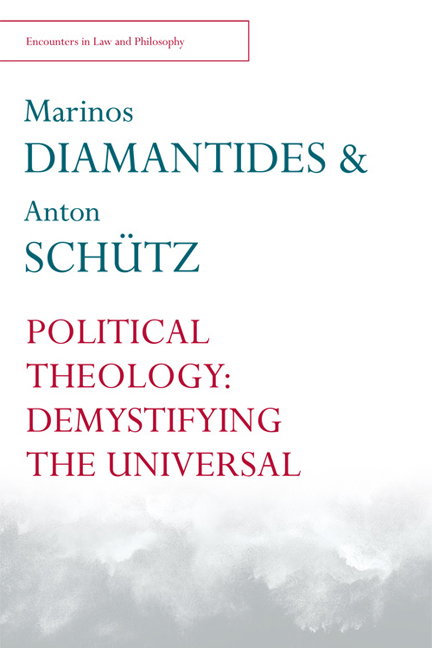Book contents
- Frontmatter
- Contents
- List of Illustrations
- Acknowledgements
- Notes on Contributors
- Series Editor's Preface
- 1 Introduction
- PART I SURPLUS PRODUCTION, URBAN GROWTH AND THE ENVIRONMENT
- PART II FRONTIERS AND FRONTIER LANDSCAPES
- PART III CONTESTED TERRITORIES AND CULTURAL CONTACTS BETWEEN PERSIA AND ROME
- 8 Minority Religions in the Sasanian Empire: Suppression, Integration and Relations with Rome
- 9 A Contested Jurisdiction: Armenia in Late Antiquity
- 10 Cultural Contacts Between Rome and Persia at the Time of Ardashir I (c. ad 224–40)
- PART IV IMPERIAL POWER BALANCE AND INTERNATIONAL RELATIONS
- Index
10 - Cultural Contacts Between Rome and Persia at the Time of Ardashir I (c. ad 224–40)
from PART III - CONTESTED TERRITORIES AND CULTURAL CONTACTS BETWEEN PERSIA AND ROME
Published online by Cambridge University Press: 22 December 2017
- Frontmatter
- Contents
- List of Illustrations
- Acknowledgements
- Notes on Contributors
- Series Editor's Preface
- 1 Introduction
- PART I SURPLUS PRODUCTION, URBAN GROWTH AND THE ENVIRONMENT
- PART II FRONTIERS AND FRONTIER LANDSCAPES
- PART III CONTESTED TERRITORIES AND CULTURAL CONTACTS BETWEEN PERSIA AND ROME
- 8 Minority Religions in the Sasanian Empire: Suppression, Integration and Relations with Rome
- 9 A Contested Jurisdiction: Armenia in Late Antiquity
- 10 Cultural Contacts Between Rome and Persia at the Time of Ardashir I (c. ad 224–40)
- PART IV IMPERIAL POWER BALANCE AND INTERNATIONAL RELATIONS
- Index
Summary
There has been much scholarly interest in the relationship between Rome and Persia in the Sasanian era. Historians have devoted detailed studies to the intensified political and military contacts following Ardashir I's accession to the throne of Iran. Most art historians and archaeologists, by contrast, have argued that cultural contacts between Rome and Sasanian Persia were only established under Shapur I. There is, however, architectural and artistic evidence to suggest that such contacts commenced, in fact, during the reign of Ardashir I. As far as architecture is concerned, Dietrich Huff has made a persuasive case, as we shall see later,1 that architects and masons from the eastern provinces of the Roman Empire were involved in the construction of the fire temple in the city of Ardashir Khurrah (Firuzabad).
This chapter argues that rock reliefs also imply similar cultural influence, even though the case is more difficult to prove. I examine the chronology of the five rock reliefs accomplished under Ardashir, as well as the workshops involved in producing them. The earliest relief, at Firuzabad I, shows traits characteristic of Elymaean craftsmen. Subsequently, new techniques and styles appear, and the relief at Naqsh-e Rostam I seems to imitate Persepolitan sculpture. Since numismatic evidence suggests that the reliefs were all carved within about ten years, only the involvement of experienced sculptors, perhaps from the Syro-Mesopotamian regions invaded by Ardashir, can explain such a major and rapid change of style.
One of the central topics of this volume is the relationnship between Rome and Persia in the Sasanian period. This is a subject which has attracted the attention of many scholars, particularly historians but also art historians and archaeologists. Historians have investigated in detail the long series of political and military contacts which started immediately after the accession to the throne of Iran of Ardashir I, the local ruler of Fars who had succeeded in taking power from the last of the Arsacid kings.
- Type
- Chapter
- Information
- Sasanian PersiaBetween Rome and the Steppes of Eurasia, pp. 221 - 238Publisher: Edinburgh University PressPrint publication year: 2017

